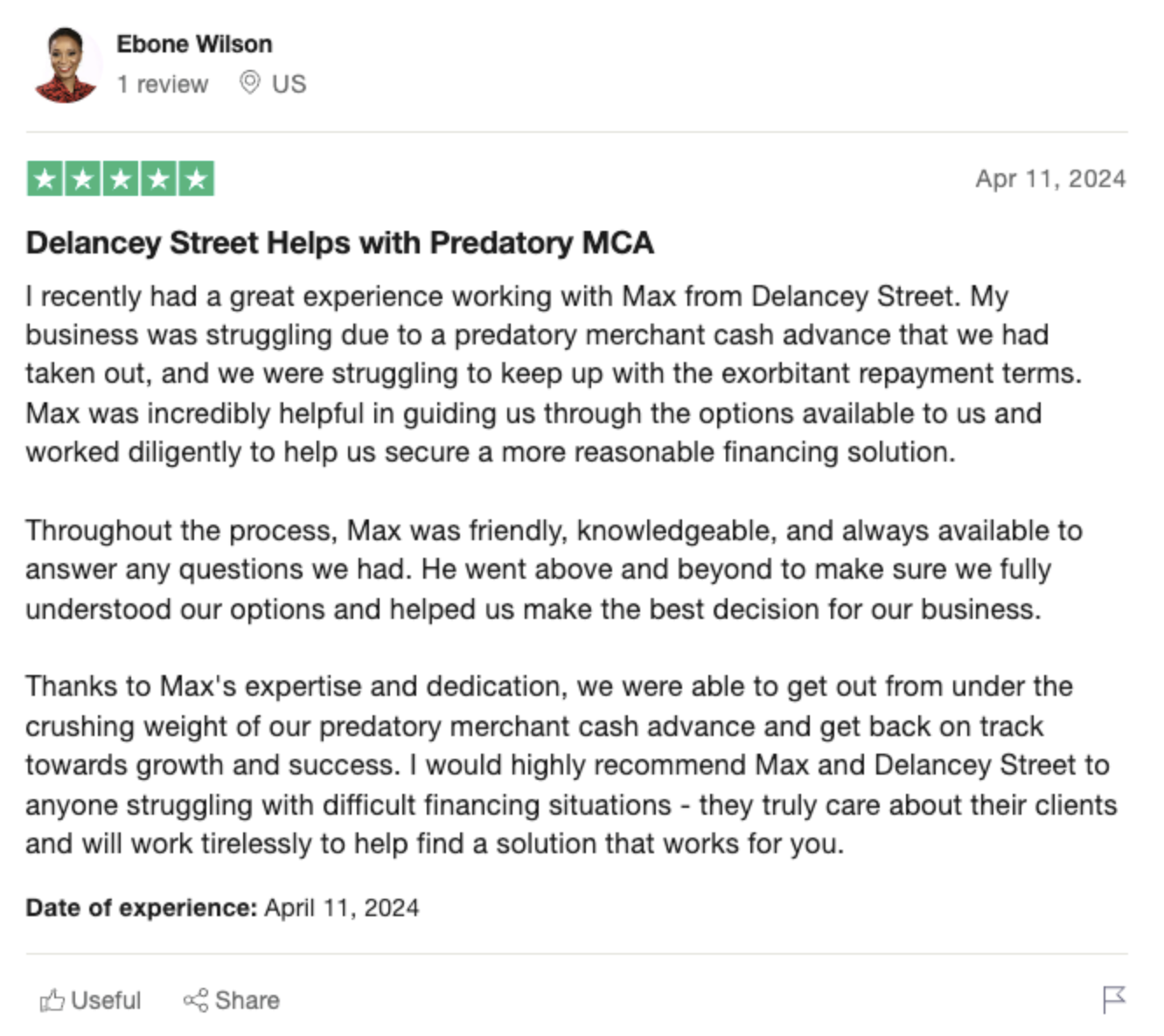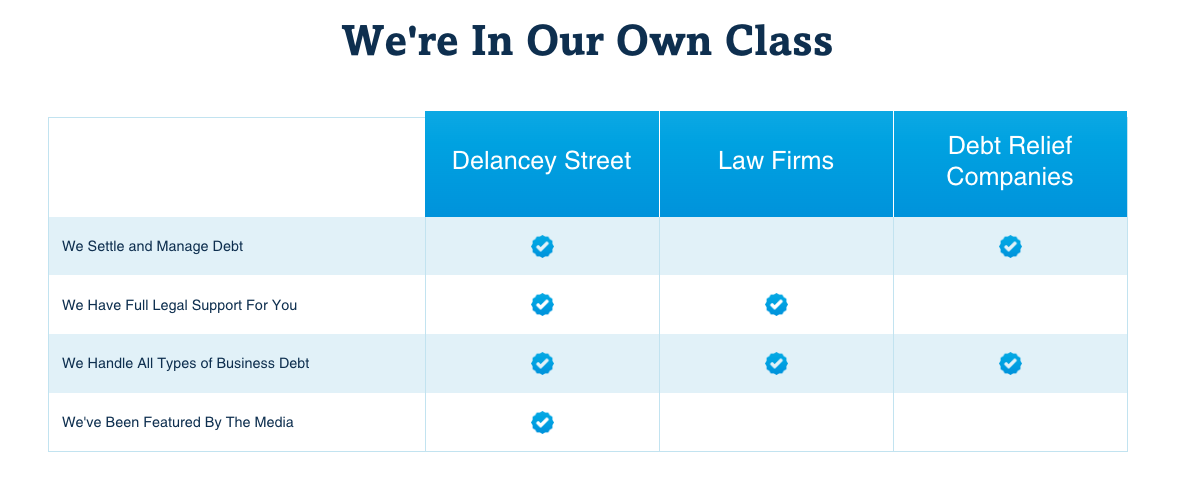Understanding Student Loan Cosigner Options: A Guide for Business Owners
The Harsh Reality of Student Debt
Listen up, folks – we’ve got a major crisis on our hands. Student loan debt in this country has spiraled out of control; surpassing $1.7 trillion with over 45 million borrowers. It’s a ticking time bomb that’s crippling our workforce and stunting economic growth. As a business owner, you can’t afford to ignore this issue. Your employees are likely drowning in this debt, impacting their productivity, financial stability, and overall well-being. It’s time to face the music and help them navigate these treacherous waters.
The Cosigner Conundrum
For many students, the only way to access higher education is by taking on student loans. And more often than not, they need a cosigner to qualify – usually a parent or close relative. But here’s the kicker: being a cosigner is a huge responsibility that comes with serious risks. If the student fails to make payments, the cosigner is on the hook for the entire debt. It can wreak havoc on their credit score, ability to take out loans, and overall financial health.We’re talking garnished wages, seized tax refunds, and even Social Security benefits being on the line. It’s a nightmare scenario that far too many well-intentioned cosigners find themselves in. And let’s be real, the student loan system is designed to be predatory, trapping borrowers in a cycle of debt that’s nearly impossible to escape.As a business owner, you need to be aware of these risks and help your employees navigate them. Your team’s financial well-being directly impacts your bottom line. So let’s dive into some cosigner options and strategies to protect your people.
 -
-Release the Cosigner: A Potential Solution
One option that often gets overlooked is the ability to release a cosigner from their obligation after a certain period of consecutive, on-time payments by the student borrower. This process is called a “cosigner release” and can provide much-needed relief for those who put their financial futures on the line.However, the requirements for a cosigner release can vary widely between lenders and loan types. For federal student loans, there is no official cosigner release process. But for private student loans, lenders typically require anywhere from 12 to 48 consecutive, on-time payments before considering a release.It’s crucial to read the fine print and understand the specific criteria for each loan. Some key factors that may be considered:
- Payment history (number of consecutive, on-time payments required)
- The borrower’s current credit score and income
- The loan balance and remaining term
- Whether the borrower meets the lender’s underwriting criteria without the cosigner
Navigating this process can be a bureaucratic nightmare. But as a savvy business owner, you can help your employees cut through the red tape and advocate for their rights.
Consolidation and Refinancing: Potential Lifelines
Another strategy to explore is consolidating or refinancing student loans to potentially remove a cosigner from the equation. This involves taking out a new loan to pay off the existing debt, ideally with better terms or by qualifying without a cosigner.For federal student loans, consolidation through the Direct Consolidation Loan program can simplify repayment by combining multiple loans into one. However, it does not allow for the release of an existing cosigner. The cosigner remains obligated for the new consolidated loan.The real opportunity lies in refinancing with a private lender. By refinancing, the borrower essentially takes out a new private loan to pay off their existing federal or private loans. If the borrower now meets the lender’s credit and income requirements, they may be able to refinance without needing a cosigner at all.Of course, refinancing federal loans into a private loan means losing access to valuable federal protections like income-driven repayment plans and loan forgiveness programs. It’s a trade-off that requires careful consideration.As a business owner, you can help your employees weigh these options and potentially negotiate better terms with lenders. Your company’s group purchasing power and relationships with banks could be leveraged to secure more favorable refinancing deals.
Bankruptcy: An Option of Last Resort
In the direst of circumstances, bankruptcy may be the only way for a cosigner to get out from under a crushing student loan debt. However, this is an absolute last resort that should only be considered after exhausting all other options.Here’s the harsh reality: it is extremely difficult to discharge student loan debt through bankruptcy. The borrower must prove “undue hardship” by meeting a strict three-part test, which varies slightly between jurisdictions but generally requires:
 -
-- The borrower cannot maintain a minimal standard of living if forced to repay the loans.
- This hardship will likely persist for a significant portion of the repayment period.
- The borrower has made good-faith efforts to repay the loans.
Meeting this high bar is an uphill battle, with bankruptcy judges historically being reluctant to grant discharge for student loans. Even if successful, it can severely damage the borrower’s credit for years to come.As for cosigners, their path to bankruptcy discharge is even more treacherous. In most cases, the cosigner is still liable for the full loan balance even if the primary borrower’s debt is discharged. The lender can then aggressively pursue the cosigner for repayment.Bankruptcy should only be explored as an absolute last resort after consulting with experienced bankruptcy attorneys. As a business owner, you can help connect your employees with trusted legal resources and support services to navigate this complex process.
Proactive Measures: Avoiding the Cosigner Trap
Of course, the best solution is to avoid the cosigner trap altogether. As an employer, you can take proactive steps to educate your team and provide resources to help them make informed decisions about financing their education.
- Offer financial literacy workshops and one-on-one counseling sessions
- Negotiate tuition discounts or reimbursement programs with local colleges and universities
- Explore income share agreements (ISAs) as an alternative to traditional student loans
- Advocate for policy changes and support organizations fighting against predatory lending practices
By taking a proactive stance, you can empower your employees to pursue higher education without sacrificing their financial futures or putting loved ones at risk.
The Bottom Line: Prioritize Your Team’s Well-Being
At the end of the day, your employees’ financial health is inextricably linked to the success of your business. By understanding the risks and options surrounding student loan cosigning, you can position yourself as a supportive, forward-thinking employer.Don’t let the student debt crisis cripple your team’s potential. Take action, provide resources, and advocate for change. Your employees – and your bottom line – will thank you for it.Remember, knowledge is power. Arm yourself and your team with the information needed to navigate these treacherous waters. The path may be rocky, but with the right strategies and support, you can overcome the student debt hurdle and build a thriving, financially secure workforce.
Key Takeaways
- Student loan debt has reached crisis levels, impacting over 45 million borrowers and posing risks to employees and businesses
- Being a cosigner is a major responsibility that can lead to financial ruin if the borrower defaults
- Options like cosigner release, consolidation, refinancing, and bankruptcy exist but have limitations
- Employers should take proactive measures to educate employees and explore alternative financing options
- Prioritizing employee financial well-being is crucial for business success and a productive workforce
Additional Resources
- Reddit Student Loans Community – A forum for borrowers to discuss strategies and share experiences
- Quora Student Loan Answers – Crowdsourced advice from experts and those impacted
- Forbes Student Loan Articles – In-depth analysis and guidance from financial experts
- Entrepreneur on Student Debt – How student loans impact entrepreneurship and small businesses
- Law.com Student Loan Coverage – Legal perspectives on student lending laws and policies
- Avvo Student Loan Guides – Free legal advice and Q&A from attorneys
- LawInfo Student Loan Resources – Articles, FAQs, and lawyer directory
- FindLaw on Student Loans – Overviews of key laws and borrower rights
The student debt crisis shows no signs of slowing. As an employer, it’s your responsibility to stay informed and proactive in supporting your team. The financial well-being of your employees is paramount to a productive, successful workforce. Don’t let crippling debt hold your business back – equip yourself and your people with the knowledge to overcome this challenge.
 -
-






